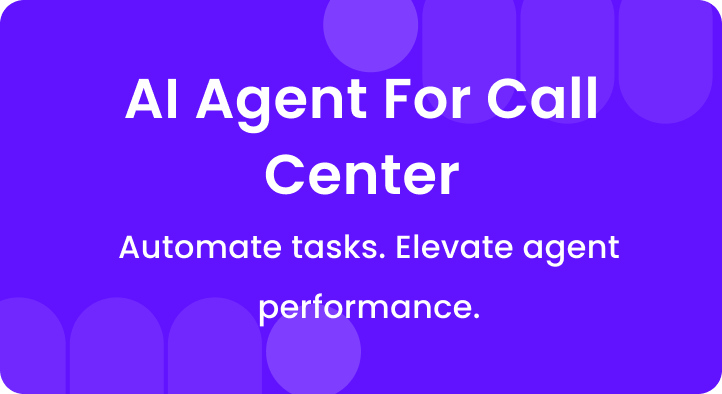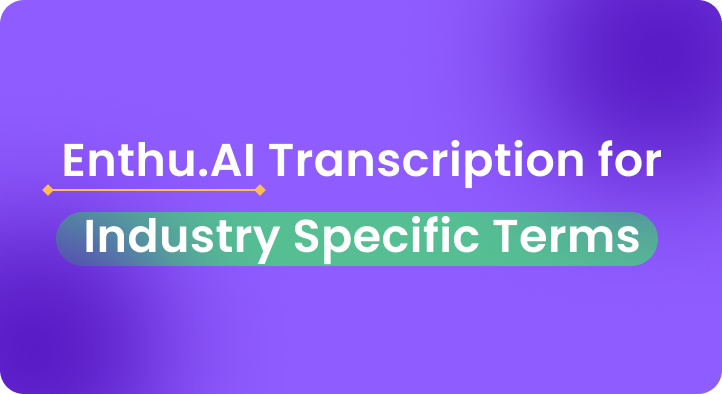Ever hit “play,” heard a five-second silence, and thought, “Wait… what was that?”
That’s the pain of losing a loyal customer after one bad call.
In today’s world, call centers are the frontline of your brand.
A single awkward pause, forgotten compliance script, or rushed agent can cost you customers, fines, and your reputation.
Infact, 88% of consumers can switch to a competitor after three or fewer bad experiences
That’s why Call Center Quality Management matters.
Done right, it prevents customer frustrations.
Also, it turns those “uh-oh” moments into repeat business.
Top of that, it protects your organization from costly compliance fines and customer churn.
Grab your favorite mug; we’re breaking the whole thing down.
A. What is call center quality management?
Call center quality management (QA) is the process of monitoring, evaluating, and improving agent-customer interactions.
It’s not just about catching mistakes. it’s about:
- Coaching agents.
- Using advanced call center tools.
- Boosting customer satisfaction (CSAT).
- And staying compliant with industry rules.
Here’s why quality management matters more than ever:
- Improved CSAT : Happy customers = repeat business. Better call handling means happier customers.
- Compliance = no fines : One missed disclaimer could cost thousands in penalties
- Better agents = lower turnover : By catching issues early, QM reduces repeat calls and escalations, saving time and money.
- Agent Coaching: Data-driven insights help managers coach agents, improving skills and performance over time.
B. Key components of a call center QA program
A solid QA program isn’t just “listening to a few calls. It’s a structured system with these core parts:
| Component | What it does | Quick tip |
| Call evaluations | Reviews agent performance based on set criteria (e.g., tone, problem-solving). | Sample new reps daily for 30 days. |
| QA scorecards | A checklist that standardizes how calls are scored (more on this later). | Revisit weighting each quarter. |
| Feedback & coaching | Helps agents improve with clear, actionable tips (not just “be nicer”). | Play the actual call clip, not a summary. |
| Compliance monitoring | Ensures agents follow legal rules (GDPR, TCPA, HIPAA—depending on your industry). | Auto-alert on missing consent lines. |
| CSAT tracking | Measures customer happiness via surveys or AI sentiment analysis. | Overlay CSAT dips on scorecard trends. |
1. Call evaluations
Old-school QA checked maybe five calls a month.
AI now scans every call, then pushes the oddballs – rage tone, policy slip, upsell fail onto your desk.
Less guesswork, more action.
Quick Tip: Review at least 2-3 calls per agent per week. AI tools like Enthu.AI let you automate and evaluate 100% of calls easily.
2. QA scorecards
Keep them lean: 10–15 criteria max. Weights matter.
Example for a lending desk:
- Opening & ID verify – 10 %
- Empathy & listening – 15 %
- Data security language – 20 %
- Product accuracy – 25 %
- Resolution & next-step clarity – 20 %
- Close & compliance recap – 10 %
Download the free QA scorecard template
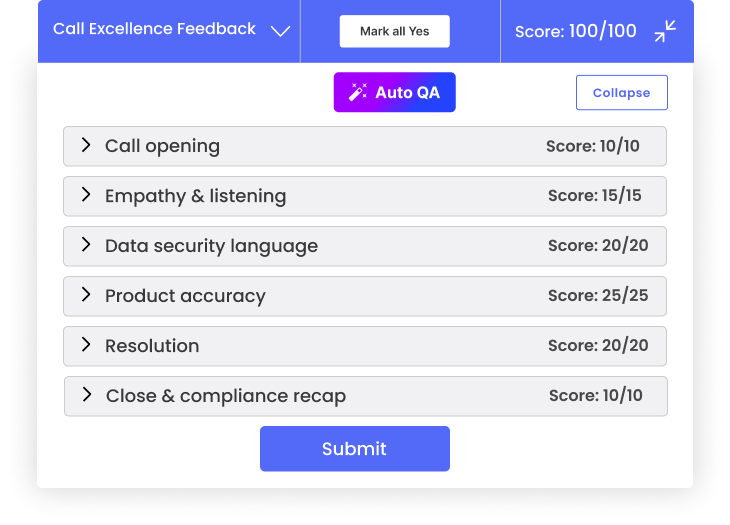
3. Feedback & coaching
Numbers alone won’t fix behavior. Pair each metric with:
- Clip: 30-second audio of the moment.
- Comment: One-sentence context.
- Play: A redo script or role-play.
Pro Tip
Use call snippets. For example, “Great empathy here, but next time double-check the compliance line.”
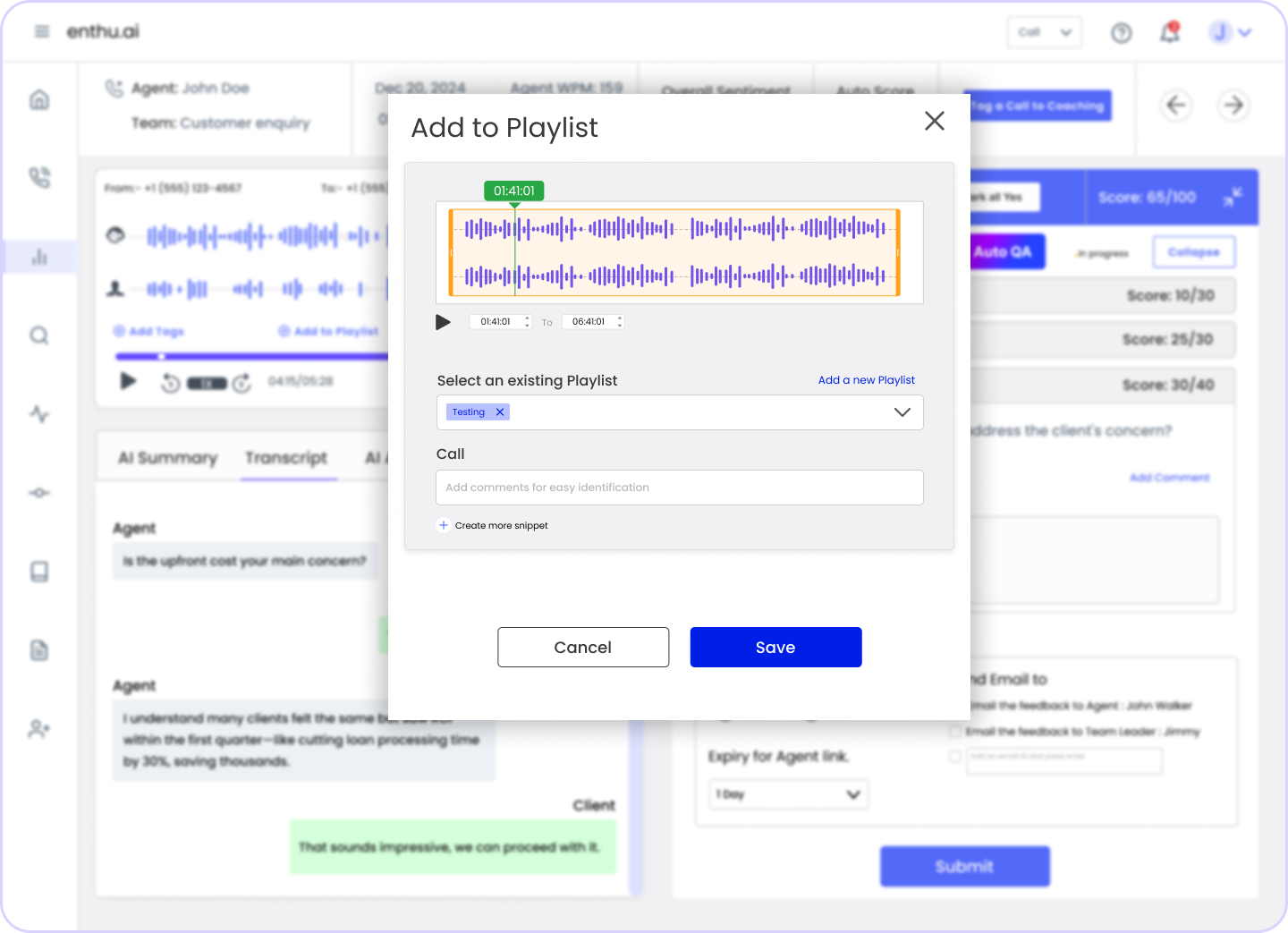
4. Compliance monitoring
Finance and loans are minefields.
Two-party recording laws, PCI, TCPA—the list goes on.
Embed phrase detectors (“This call is being recorded…,” “Rates may vary…”) so slip-ups surface instantly.
5. Customer-satisfaction tracking
Nothing proves QM value faster than a CSAT uptick.
Plot QA score versus CSAT weekly.
Positive correlation? Your system works.
Flat line? Re-calibrate.
C. Top metrics to monitor in call center QA
Tracking the right metrics helps you measure and improve call quality. Here are the key ones:
| Metric | Description | Good target | Why it matters |
| CSAT | Measures customer happiness with an interaction. | 85 % + | Directly reflects customer happiness and loyalty. |
| NPS | Gauge the likelihood of customers recommending your company. | 50+ | Indicates how likely customers recommend you. |
| First Call Resolution (FCR) | Percentage of issues resolved on the first call. | 70 % + | Solving issues quickly boosts customer trust. |
| Average Handle Time (AHT) | Average time spent on a call, including after-call work. | Role-based | Efficient calls lower costs and increase satisfaction. |
| Dead Air | Periods of silence during a call. | < 5 s per call | Less silence keeps customers engaged and confident. |
| Listen/Talk Ratio | Balance of agent listening vs. talking. | 60 / 40 | Agents who listen more effectively address issues. |
1. Customer satisfaction (CSAT)
Happy customers stay longer and spend more.
According to Salesforce, 80% of customers say their experience matters as much as products or services.
Formula:
CSAT (%) = (Number of Positive Responses/Total Responses)×100
Example: If 85 out of 100 customers rated their experience as positive,
CSAT = 85/100×100 = 85%
2. Net Promoter Score (NPS)
A high NPS means your customers are likely to recommend you.
Promoters spend on average 17% more than detractors, according to PwC.
Formula: NPS = (Promoters (%) – Detractors (%)/Total respondents)
Example: 100 responses: 60 promoters, 25 passives, 15 detractors.
NPS = 60%−15% = 45
3. First Call Resolution (FCR)
Customers love quick fixes.
FCR solves customer issues within the first time itself.
It will help you save roughly $5 per avoided repeat call.
Formula: FCR (%) = (Total calls resolved at first attempt/Total first-attempt calls)×100
Example: Out of 100 initial customer calls, 72 issues were resolved immediately.
FCR = 72/100×100 = 72%
4. Average Handle Time (AHT)
Lower AHT saves costs, but doesn’t sacrifice quality.
Efficiency is good; rushing is bad.
Formula:
AHT = Total Talk Time + Total Hold Time + Total After – Call Work Time/Number of Calls Handled
Example: An agent handled 10 calls, total talk time was 60 mins, hold time 5 mins, after-call work 15 mins.
AHT = 60+5+15/10 = 8 mins per call
5. Dead Air
Moments of dead air can erode customer confidence and diminish the entire experience.
Therefore, it’s crucial to keep the conversation flowing.
Silence kills trust fast. Train agents to narrate their actions if delays happen.
Formula:
Dead Air (%) = (Total Silent Time in seconds/Total Call Duration in seconds)×100
Example: A call lasted 300 seconds, with 15 seconds of silence.
Dead Air = 15/300×100 = 5%

6. Listen-to-Talk Ratio (LTR)
Great agents listen more and solve problems quicker.
They’re more empathetic and better at handling objections.
Formula:
LTR = Agent Listening Time/Agent Talk Time
Usually expressed as a ratio like 60:40 (listen: talk).
Example: During a 10-minute call, the agent listens for 6 minutes and talks for 4 minutes.
LTR = 6/4 = 1.5 (or a 60:40 ratio)
Pro Tip: Focus on FCR and CSAT for immediate impact, but don’t ignore Dead Air—long silences can frustrate customers.
D. 7 must-have tools to elevate your QA game
Modern QA relies on technology to scale and streamline processes. Here’s what you need:
1. Call monitoring
Listening to random calls is how QA started.
It’s still useful for catching tone, emotion, and context that tech can miss.
But it’s slow and limited — you only catch a tiny slice of calls.
In busy US call centers, manual monitoring often covers less than 5% of calls.
That means lots of quality issues fly under the radar.
Key benefits:
- Provides deep, qualitative insights into individual calls.
- Ideal for training or resolving complex issues.
- Allows for human judgment in ambiguous situations.
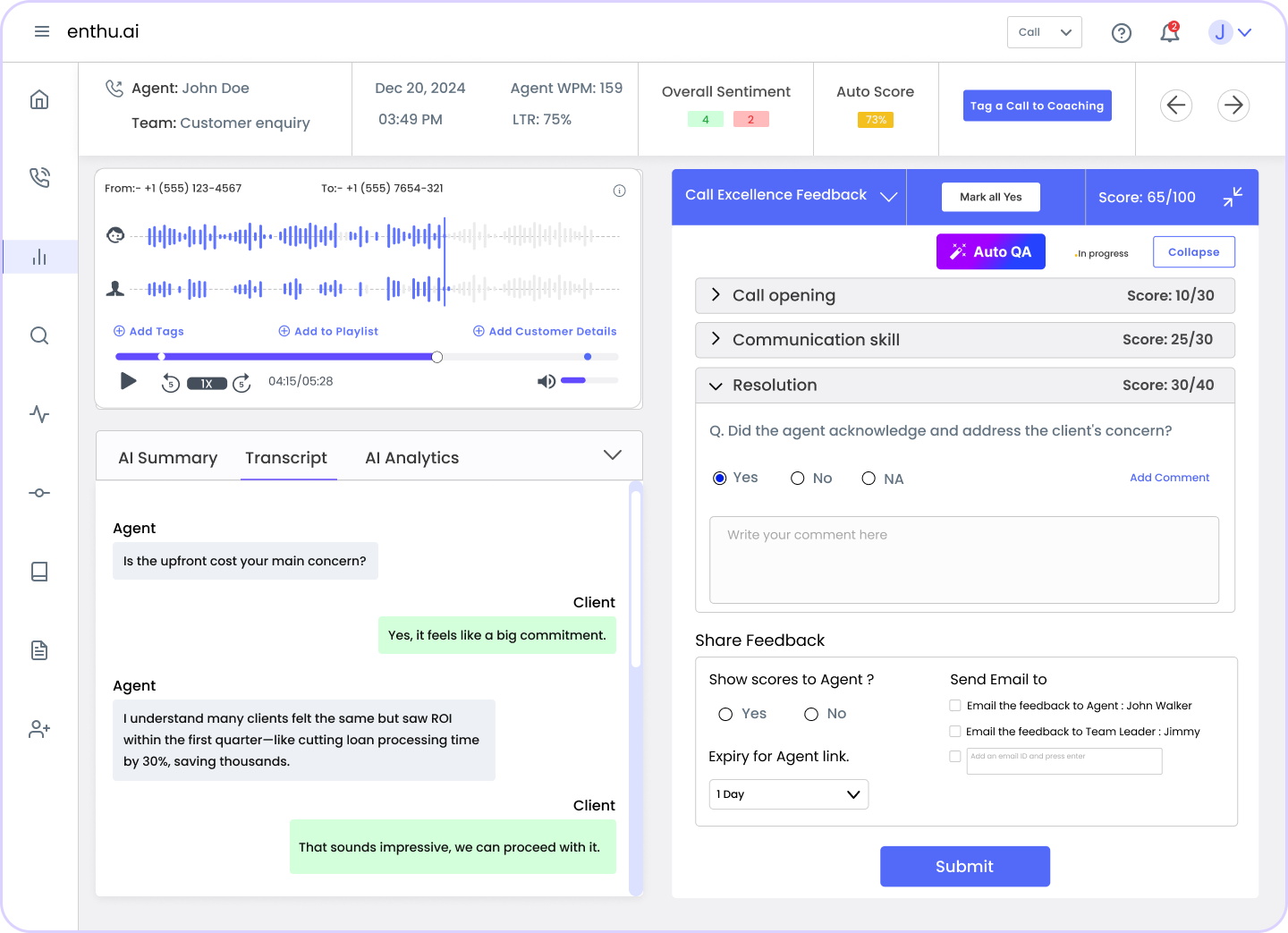
2. Auto QA software
This tool lets you review every single call without breaking a sweat.
Unlike manual monitoring, which might cover just 1-5% of calls, Auto QA ensures nothing slips through the cracks.
If you’re looking for cutting-edge QA software for your contact center, Enthu.AI might be your right choice.
It’s an AI-powered call center QA solution that helps you review calls in a faster, more accurate and unbiased way.
How it works:
- AI algorithms score calls based on predefined criteria (e.g., tone, compliance, resolution).
- Machine learning identifies patterns, like frequent script deviations.
- Real-time alerts highlight high-risk or low-quality calls.
Key benefits:
- Analyzes 100% of calls, compared to 1-5% manually.
- Saves time with instant scoring and reporting.
- Reduces bias for fairer evaluations.
- Enhances compliance by catching issues early.
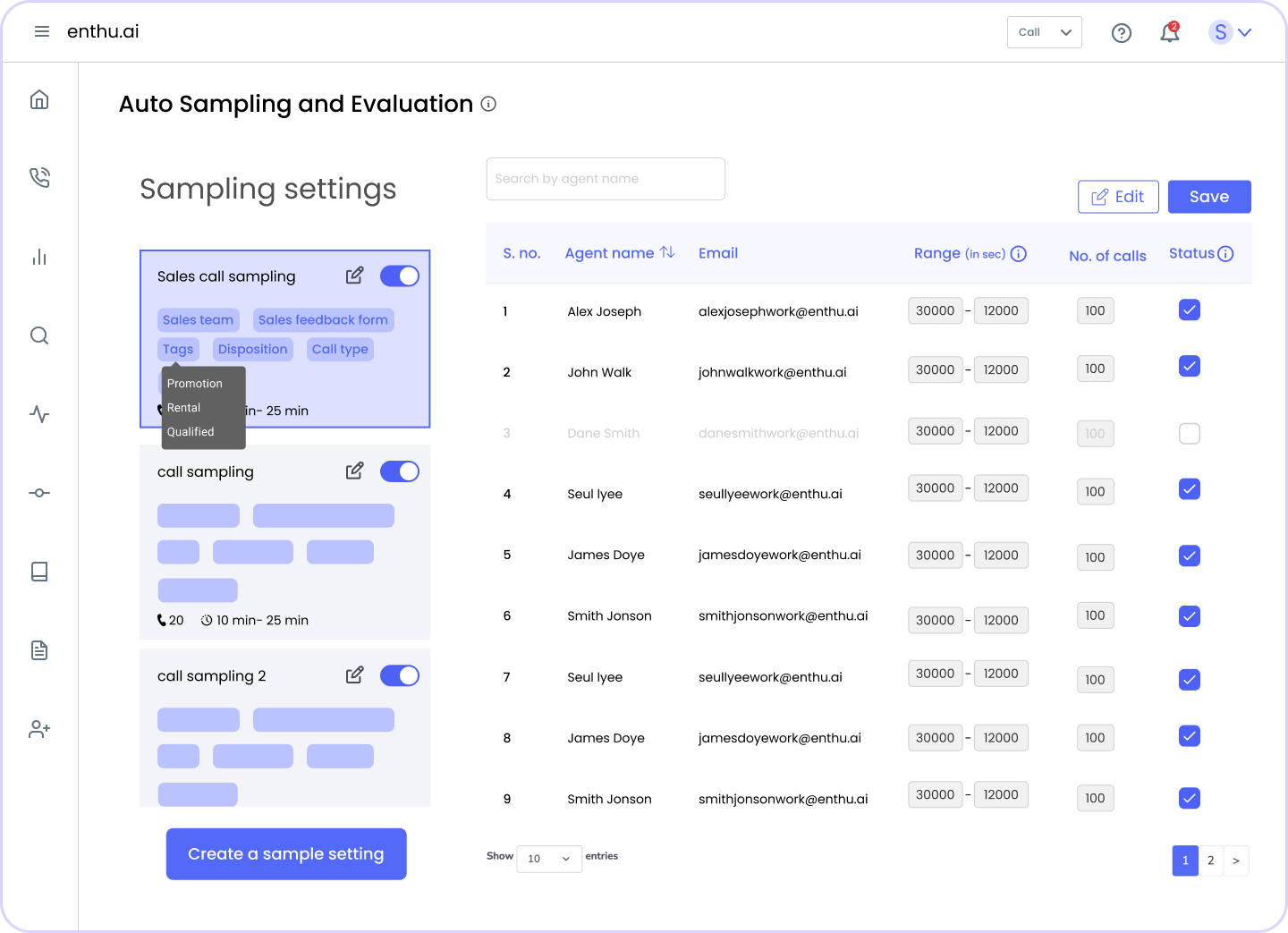
3. Call transcription tools
Call transcription tools convert voice calls into text, making it a breeze to search for specific keywords or phrases.
Need to find every instance where a customer mentioned “refund” or “cancel”?
Just search the transcripts.
This speeds up the QA process significantly – reading is faster than listening.
Also, it enables text-based analysis with natural language processing.
For example, ensuring agents say, “This call is recorded,” can be verified quickly in text form.
How it works:
- Speech-to-text technology transcribes audio in real time or post-call.
- Advanced algorithms ensure high accuracy, even with accents or background noise.
- Transcripts are searchable and can be tagged for specific issues.
Key Benefits:
- Accelerates reviews by allowing text searches.
- Supports compliance with documented records.
- Enables training with concrete examples of interactions.
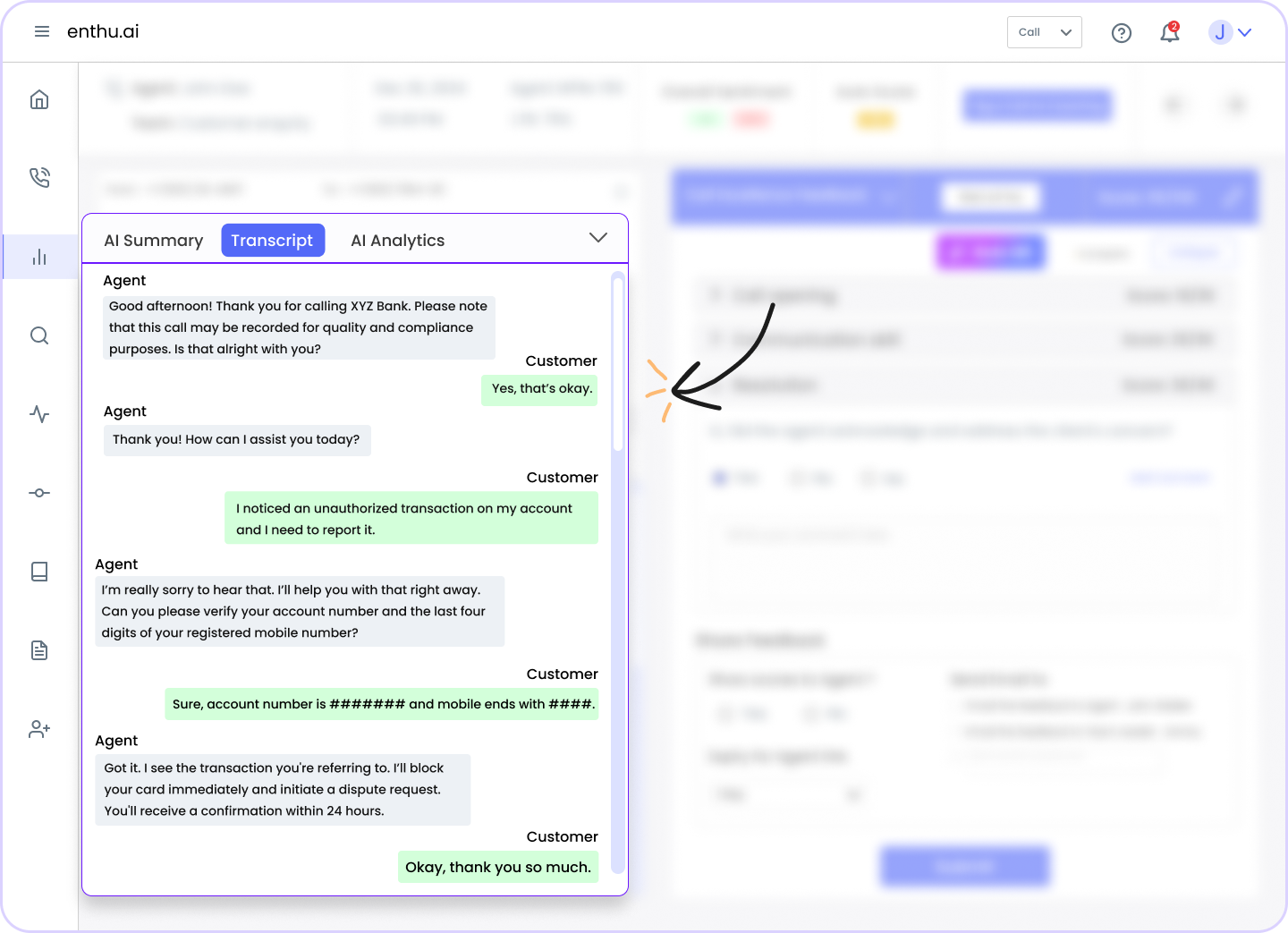
4. Speech Analytics
Speech analytics tools analyze tone, sentiment, and keywords to uncover coaching opportunities and customer pain points.
This technology also ensures compliance by detecting missing disclaimers or risky phrases.
It’s a game-changer for understanding the “voice of the customer” and improving agent performance.
How it works:
- Natural language processing (NLP) analyzes text for sentiment and intent.
- Machine learning detects emotional cues, like frustration or satisfaction.
- Custom keyword libraries flag compliance or performance issues.
Key benefits:
- Identifies coaching needs through sentiment and tone analysis.
- Enhances customer experience by addressing pain points.
- Ensures compliance with real-time violation detection.
5. QA Scorecard Tools
Think of scorecards as the scoreboard for your QA program.
They take the guesswork out of grading by setting clear, weighted criteria.
Paper sheets are yesterday’s news—digital scorecards update in real time.
Fact: QA teams without scorecards waste up to 30% of their time.
How it works:
- A standardized rubric ranks points for greeting, empathy, compliance, and wrap-up.
- Dashboards stack-rank agents so managers spot the biggest gaps fast.
- Historical data tracks trends, proving if coaching actually sticks.
Key benefits:
- Keeps grading fair and transparent across every call.
- Cuts busywork, freeing QA leads for higher-value analysis.
- Pin-points systemic issues—like low empathy scores—at a glance.
- Pumps up agent motivation with live leaderboards.
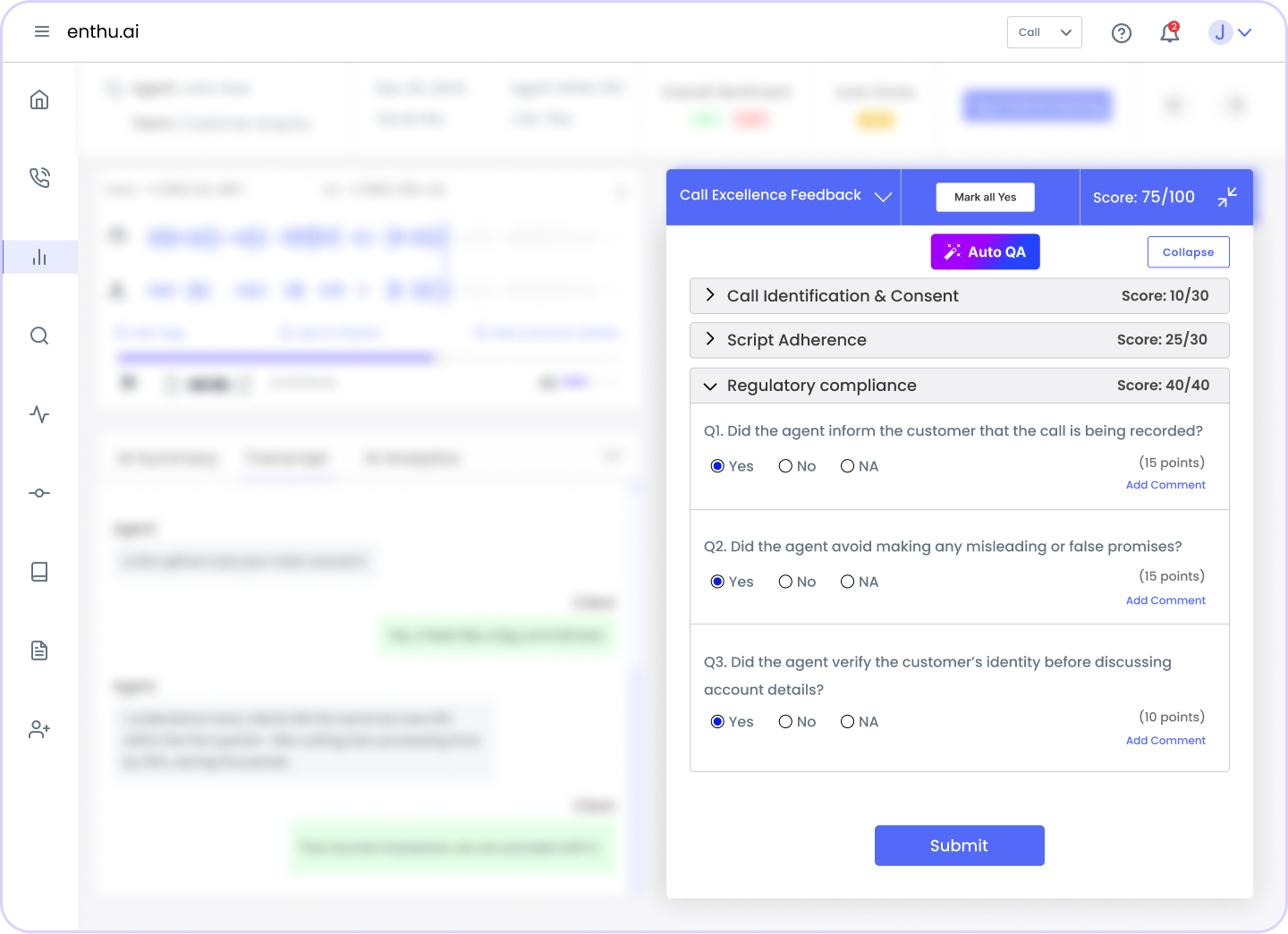
6. CRM & telephony integrations
Nobody loves “swivel-chair” work—flipping between tools kills momentum.
Plug your QA software for call centers straight into the CRM and dialer.
That merge can save agents 2+ minutes per call, slashing hold times.
How it works:
- Computer-telephony integration (CTI) pops customer data the moment a call lands.
- QA tools tag each recording with the contact ID, making searches crazy easy.
- Notes, scores, and transcripts sync back to the CRM automatically.
- API hooks push real-time alerts—think “compliance miss” pings in Slack.
Key benefits:
- Gives agents full context, so calls feel personal—no awkward repeats.
- Eliminates copy-paste errors and duplicate data entry.
- Let’s supervisors filter issues by account value or lifecycle stage.
- Drives faster follow-ups because everything lives in one record.
7. Coaching & feedback platforms
Great QA scores mean zilch if coaching never happens.
A dedicated platform tracks every session, goal, and action item.
In fact, structured coaching can boost agent engagement by 17%.
How it works:
- Coaching platform auto-pushes low-score snippets to a coaching queue—no hunting.
- Managers add comments, set deadlines, and assign micro-learning clips.
- Agents acknowledge tips, practice, and upload “after” calls for review.
- Progress dashboards show who’s leveling up and who needs extra love.
Key benefits:
- Closes the loop between QA findings and skill building.
- Keeps feedback from slipping through cracks when teams go remote.
- Builds a culture of continuous improvement, not “gotcha” policing.
Bottom line: Pair these tools with the four you’ve already nailed—Manual Monitoring, Auto QA, Transcription, and Speech Analytics—and you’ll have a rock-solid call quality assurance stack. Your agents crush goals, customers feel heard, and you get the credit for leveling up the whole contact center.E. Call center quality management best practices
In modern contact centers, the little stuff—fair scoring, clear coaching, quick follow-ups, and public praise—drives the big stuff like CSAT, FCR, and retention.
Below are six bite-sized best practices that keep a QA program tight, data-driven, and agent-friendly.
Each tip comes with a stat or expert source you can drop in your next ops meeting.
But firs,t check this coaching session example:
- Agent: Sarah
- Issue: High AHT due to lengthy explanations.
- Feedback: “Sarah, your empathy is awesome! Try summarizing solutions in 2-3 sentences to keep calls concise.”
- Follow-Up: Review next week’s calls to check AHT improvement.
Use Enthu.AI’s dashboards to visualize agent performance trends, making calibration and coaching a breeze.
Take a look at the table. It outlines best practices for call center quality management.
| Best Practice | What to Do | Benefit |
|---|---|---|
| Score every agent weekly | Pull at least two interactions per rep—no favorites. | Ensures fairness and catches issues early. |
| Hold monthly calibration | Have reviewers grade the same call and compare notes. | Maintains consistency in evaluations. |
| Send coaching summaries | One win, one fix, one next step—plus the call clip. | Drives targeted skill development. |
| Track impact with follow-ups | Re-score coached reps after two weeks to prove gains. | Validates training effectiveness. |
| Turn QA data into team-wide training | Spot common gaps and run quick micro-sessions. | Levels up the entire team efficiently. |
| Celebrate high scorers | Give shout-outs, badges, or gift cards each week. | Boosts morale and fosters a quality-first culture. |
1. Score every agent once a week
Consistent coverage wipes out blind spots that appear when you sample only the “squeaky wheels.”
Industry surveys show many centers still review barely 2-3 % of calls, leaving trends unseen.
Weekly scoring for all reps catches early slippage and builds trust because everyone plays by the same rules.
2. Run a calibration session every month
QA analysts listen to the same call, debate scores, and aim for < 5 % variance.
Monthly cadence keeps scoring fair when scripts, products, or compliance rules change.
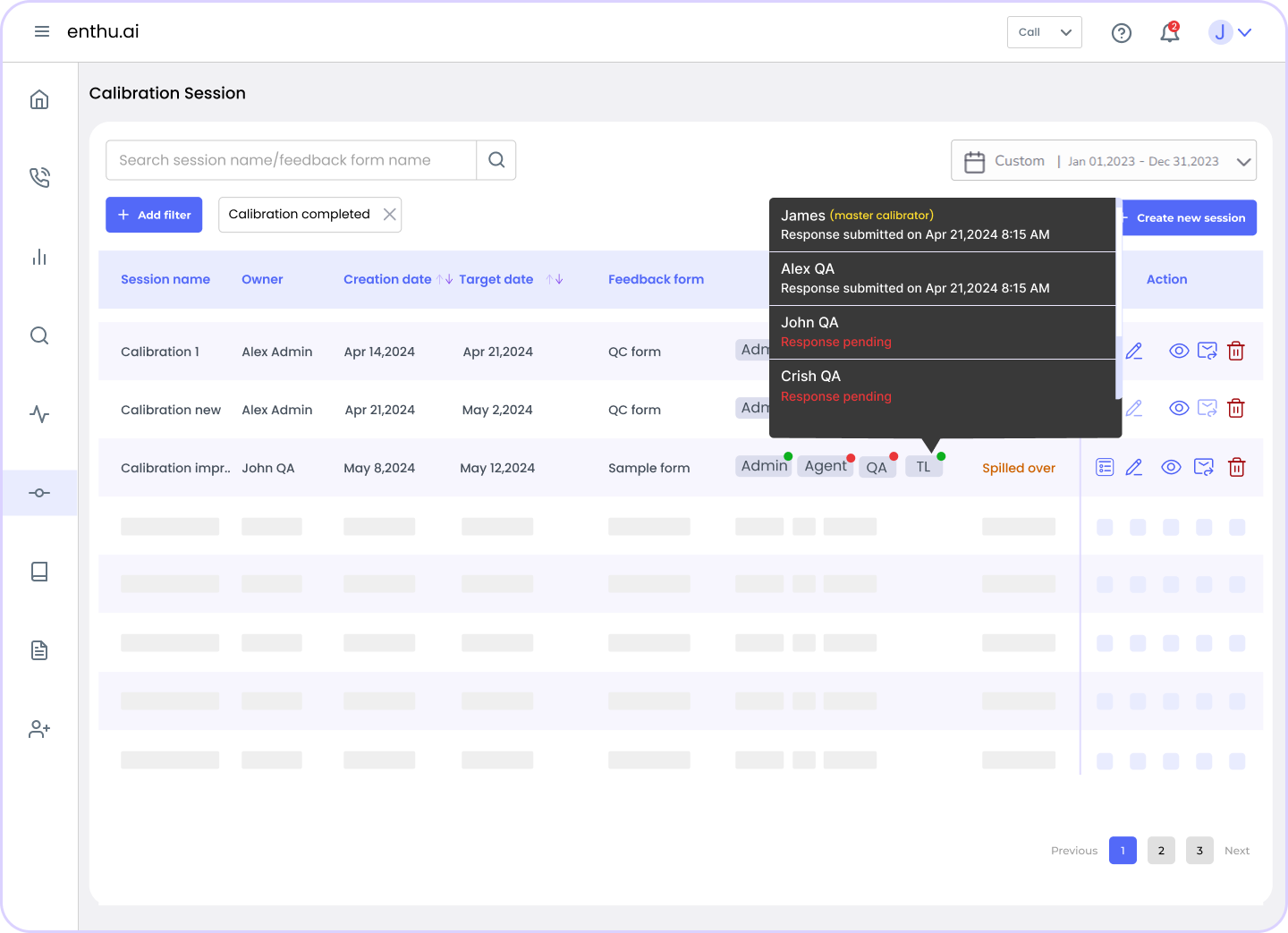
3. Send coaching summaries the same day
Agents crave clear, quick feedback.
A “one win, one fix, one action” recap is easy to digest.
Short, focused notes beat marathon debriefs and lift key metrics like CSAT and AHT.
4. Follow up to prove coaching works
Re-score coached reps two weeks later to confirm progress.
Contact centers that measure impact tie training spend directly on performance gains and retention.

5. Turn QA data into team-wide training
When several agents miss the same metric, run a micro-class instead of repeating one-on-one fixes.
Data-driven workshops lift overall quality faster than ad-hoc coaching.
6. Celebrate high scorers every week
Public praise costs peanuts and fuels engagement; well-recognized employees are 45 % less likely to quit.
Gallup finds recognition links to a 70 % bump in overall life positivity.
A quick Slack shout-out or $10 coffee card keeps morale and quality climbing.
Conclusion
Call center quality management isn’t a “nice-to-have”—it’s a must-have for keeping customers happy, agents sharp, and compliance tight.
With the right mix of metrics, tools (like Enthu.AI), and best practices, you can turn QA from a chore into a growth engine for your contact center.
Ready to upgrade your QA game?
Start by automating evaluations and focusing on what really matters—happy customers and top-performing agents.
FAQs
1. What’s the difference between QA and QC in call centers?
Quality Assurance (QA) prevents defects through process improvements, while Quality Control (QC) detects defects in calls. QA focuses on training and systems; QC checks individual interactions.
2. How often should agents be evaluated?
Weekly evaluations are ideal for timely feedback, though frequency can vary based on call volume and team size.
3. What are the benefits of AI in call center QA?
AI analyzes 100% of calls quickly, reduces bias, and provides data-driven insights for coaching, saving time and improving accuracy.
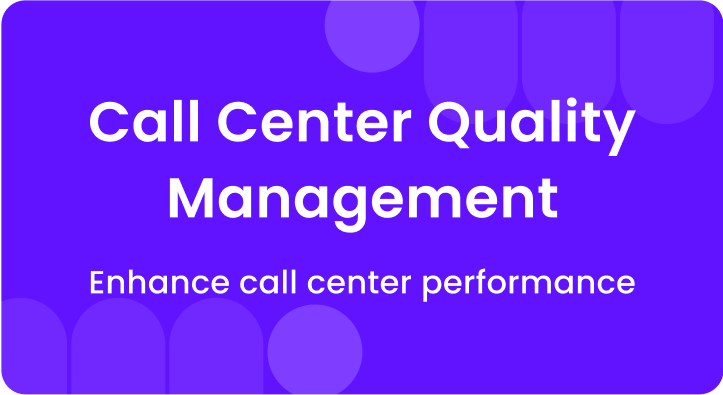

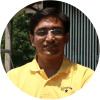
 On this page
On this page
